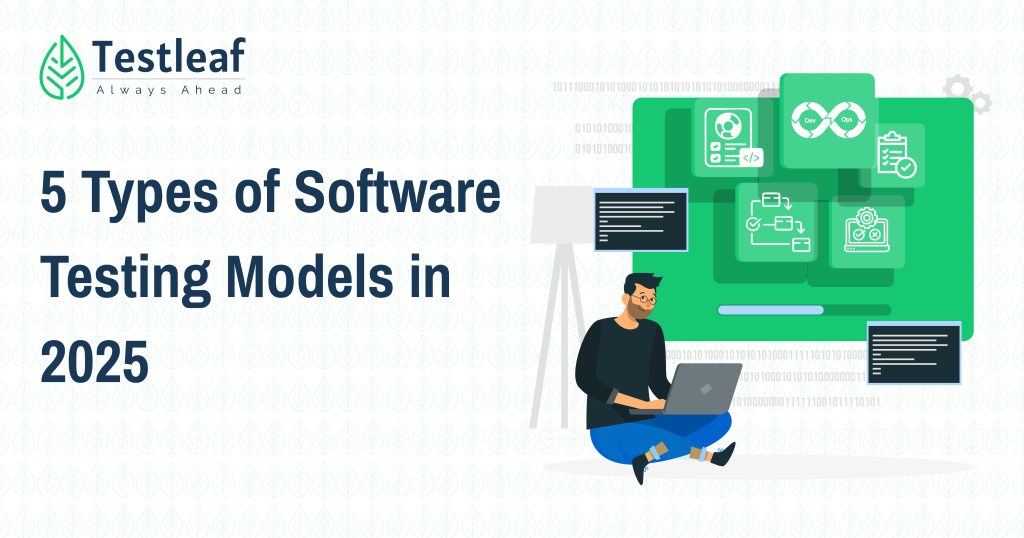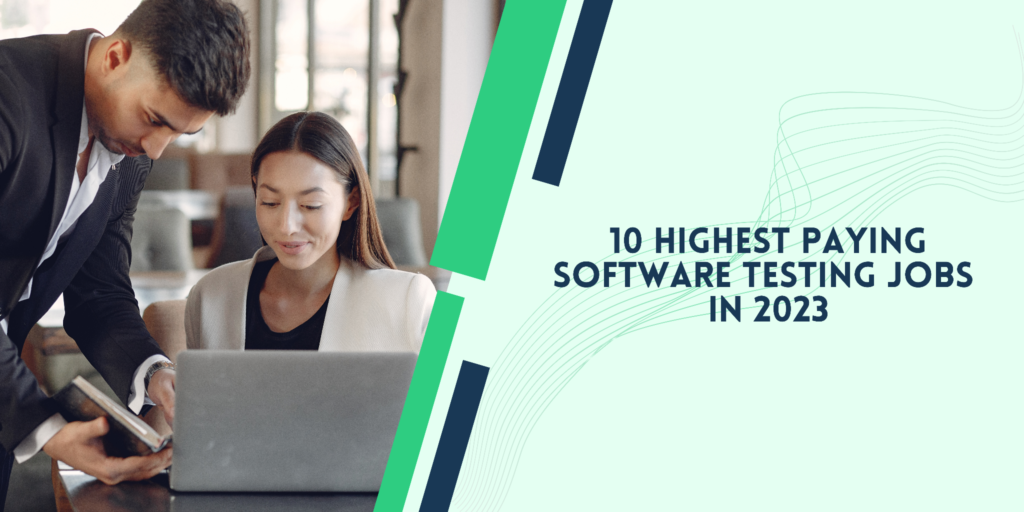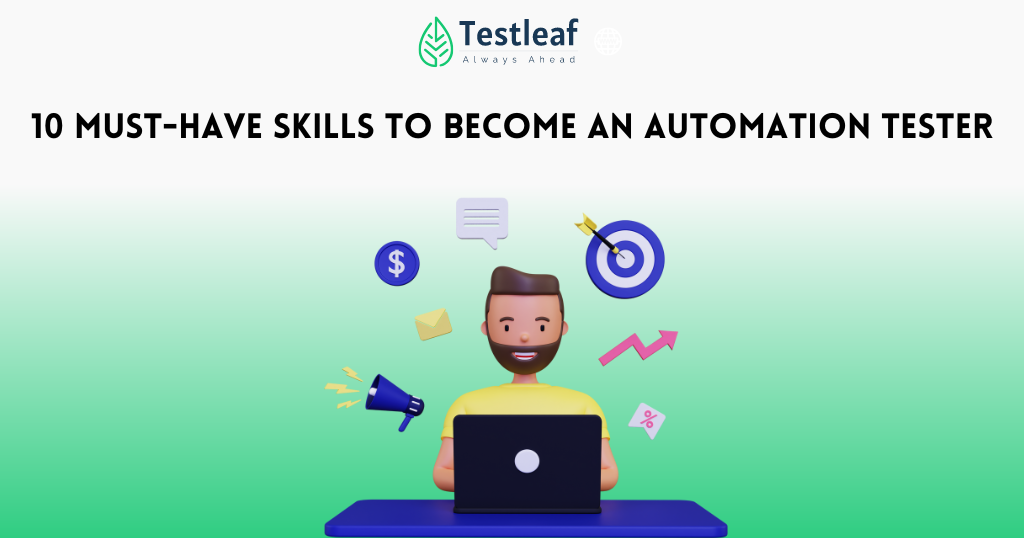In today’s fast-paced world, innovation, speed, and quality are key components of software development. As teams race to deliver features with agility, maintaining robust software quality becomes paramount. Software testing models are frameworks that guide organisations in structuring their testing processes, deciding when and how to test, and ensuring that every release is reliable, secure, and performant. In 2025, the landscape of testing models has evolved to embrace automation as a foundation while fostering built-in collaboration across development, operations, and security teams.
In this in-depth blog post, we will:
- Explore the core principles and workflows of five leading software testing models in 2025.
- Discuss how each model addresses modern challenges such as security concerns, automation maintenance, real-device testing, and complex architectures.
- Highlight best practices, tooling ecosystems, and practical tips for implementing these models in your organisation.
Whether you are a QA engineer, DevOps practitioner, or technology leader, understanding these models will empower you to choose—or tailor—the approach that best fits your team and product vision.
Why Testing Models Matter in 2025
The sheer complexity of today’s software systems—microservices spread across hybrid-cloud environments, mobile and web applications integrated with third-party APIs, user interfaces driven by dynamic front-end frameworks—demands systematic testing strategies. Gone are the days of rigid waterfall cycles: organizations must continuously validate and verify functionality, performance, and security at every stage.
Automation is no longer an optional enhancement; it is integral to any modern testing model. Yet automation brings its challenges: maintaining scripts against evolving UIs, configuring and managing real-device test farms, and ensuring tests remain resilient to changes in dependencies or infrastructure. Meanwhile, enterprises must grapple with stringent security requirements, ensuring that data breaches and compliance issues are proactively prevented through built-in cybersecurity testing.
By adopting a well-defined testing model,
- Teams standardise when tests run, which artifacts are tested, and what exit criteria must be met.
- Defect leakage is reduced, as validation and verification steps are mapped closely to development activities.
- Collaboration accelerates between developers, testers, product owners, and operations, aligning everyone on common goals.
With this context in mind, let’s delve into the five prominent testing models in 2025.
1. Agile Testing Model
Overview
Agile testing integrates testing activities directly into the agile software development cycle, emphasizing iterative and incremental delivery. Unlike traditional models where testing occurs after the completion of coding, agile testing evolves alongside code, user stories, and acceptance criteria.
Core Principles
- Shift-Left Focus: Test cases and automation are designed early—often during sprint planning—so that each feature is testable from day one.
- Cross-Functional Collaboration: Testers pair with developers and product owners to refine requirements, write acceptance tests, and automate regression suites.
- Continuous Feedback: Results of unit, API, and UI tests are fed back into the sprint, enabling rapid defect resolution.
Key Traits in 2025
- Automation-Driven: Over 80% of regression and smoke tests are automated using frameworks like Selenium, Cypress, and REST-assured.
- Test-First Approaches: Techniques such as Behavior-Driven Development (BDD) and Test-Driven Development (TDD) are standard practice, embedding quality into user stories.
- Integrated Test Environments: Containerized test environments (e.g., Docker, Kubernetes) replicate production clouds, enabling reliable, on-demand test beds.
Benefits and Challenges
– Pros:
- Bugs are fixed more quickly.
- Early visibility into defects.
- High confidence in incremental releases.
– Cons:
- Requires disciplined sprint planning to allocate time for testing.
- Maintenance overhead for test automation code.
- Potential bottlenecks if test environment provisioning lags.
Best Practices
- Automate the build-to-deploy pipeline with CI/CD tools such as Jenkins, GitLab CI, or Azure DevOps.
- Avoid flaky tests by embracing service virtualisation and synthetic data generators.
- Collaborate through shared dashboards, linking requirements management tools (e.g., JIRA) with test results for live visibility.
2. DevOps Testing Model
Overview
The DevOps testing model extends Agile principles by fully integrating testing into the Continuous Integration and Continuous Delivery (CI/CD) pipeline. Testing becomes a gate at each stage—code commit, build, deploy to staging, and finally production.
Key Components
- Shift-Left and Shift-Right: Early unit and integration testing merge with production validation, chaos engineering, and real-time monitoring.
- Pipeline as Code: CI/CD definitions include testing stages, triggers, and quality gates maintained in version control.
- Self-Service Test Environments: Developers and testers spin up isolated environments on demand using Infrastructure as Code (IaC) tools like Terraform and Ansible.
Leading Tools in 2025
- A CI/CD orchestration: System including Jenkins, GitLab CI, CircleCI, and GitHub Actions.
- Test Automation: Selenium, Playwright, TestNG, Cypress
- API & Service Testing: Postman, RestAssured, Karate
- Monitoring & Validation: Prometheus, Grafana, New Relic, Datadog
Advantages
- Rapid Releases: Automated pipelines shorten release cycles from weeks to minutes.
- Reduced Human Error: Quality gates prevent regressions and enforce standards automatically.
- Feedback Loops: Real-time alerts on test failures and production anomalies ensure immediate remediation.
Build a strong DevOps foundation with DevOps LifeCycle: 5 Different Phases of DevOps.
3. V-Model (Validation and Verification)
Overview
The V-Model, also known as the Verification and Validation model, is a sequential development process closely aligned with the Waterfall approach. Each development phase has a corresponding testing level.
Requirements <–> Acceptance Testing
Design <–> System Testing
Implementation <–> Unit Testing
Characteristics
- Traceability Matrix: Clear mapping between requirements, design documents, and test cases.
- Stage-Gate Reviews: Formal reviews at the end of each phase ensure deliverables meet quality benchmarks before proceeding.
- Documentation-Centric: Heavy emphasis on documentation, which serves as input for validation and verification.
Relevance in 2025
While Agile and DevOps dominate, V-Model remains critical in highly regulated industries:
- Healthcare Software: Compliance with HIPAA and FDA regulations demands documented validation steps.
- Aerospace & Defence: Strict verification assures mission-critical reliability.
- Financial Systems: Audit trails and formal sign-offs uphold regulatory oversight.
4. W-Model
Overview
The W-Model refines the V-Model by embedding testing activities directly within each development phase, rather than after.
Requirements —-> Requirements Test Design —-> Requirements Testing
Design –> Design Test Design –> Design Testing
Implementation –> Unit Test Design –> Unit Testing
Key Traits
- Parallel Testing Planning: Test cases for requirements, design, and code are drafted concurrently with development work.
- Early Defect Detection: Defects are caught immediately within the same phase, reducing rework later.
- Iterative Feedback: Continuous alignment between developers and testers throughout each stage.
Why It Matters in 2025
- Complex Architectures: As microservices and distributed systems proliferate, early test integration prevents cascading failures.
- Automation Hooks: Test automation frameworks plug into each phase, from static code analysis to integration test harnesses.
- Cost Control: Fixing defects early in the lifecycle is up to 10x cheaper than post-release patches.
5. Combined Shift-Left & Shift-Right Testing Model
Overview
In 2025, the boundaries between development, testing, and operations blur further. The fifth model embraces a holistic approach: shifting quality practices both left (early) and right (post-deployment) to create a continuous assurance cycle.
Shift-Left —> Development & Test —> Shift-Right
Deployment
Production Monitoring
Components
Shift-Left:
- Unit and integration tests executed in local and CI environments.
- Security testing (SAST, dependency scanning) integrated in pull requests.
- Performance benchmarks run in staging mirrors.
Shift-Right:
- Risk is minimized with canary releases and blue-green deployments.
- Chaos engineering drills resilience by simulating faults in production.
- Real-time monitoring and user feedback loops feed back into backlog prioritization.
2025 Innovations
- Self-Healing Tests: AI-driven scripts adjust locators and assertions when UIs change, reducing maintenance overhead.
- Embedded Security: Automated penetration tests triggered on feature toggles, ensuring every release meets zero-trust standards.
- Observability as Test: Service meshes (e.g., Istio) generate detailed telemetry that doubles as validation data for performance and reliability tests.
Conclusion
The software testing landscape of 2025 demands models that blend speed, collaboration, and resilience. No matter which approach you choose, whether Agile Testing for fast iterations, DevOps pipelines, structured rigor of V- and W-Models, or a shift-left & shift-right approach, the key is aligning your processes with the objectives of your product and organizational constraints.
By understanding the nuances of each model and investing in the right automation, tooling, and culture, enterprises can not only reduce defects and ramp up release frequencies but also build products that inspire confidence among stakeholders and delight end users.
To become proficient and gain hands-on experience, explore an expert-led Software Testing course online.
We Also Provide Training In:
- Advanced Selenium Training
- Playwright Training
- Gen AI Training
- AWS Training
- REST API Training
- Full Stack Training
- Appium Training
- DevOps Training
- JMeter Performance Training
Author’s Bio:

As CEO of TestLeaf, I’m dedicated to transforming software testing by empowering individuals with real-world skills and advanced technology. With 24+ years in software engineering, I lead our mission to shape local talent into global software professionals. Join us in redefining the future of test engineering and making a lasting impact in the tech world.
Babu Manickam
CEO – Testleaf









